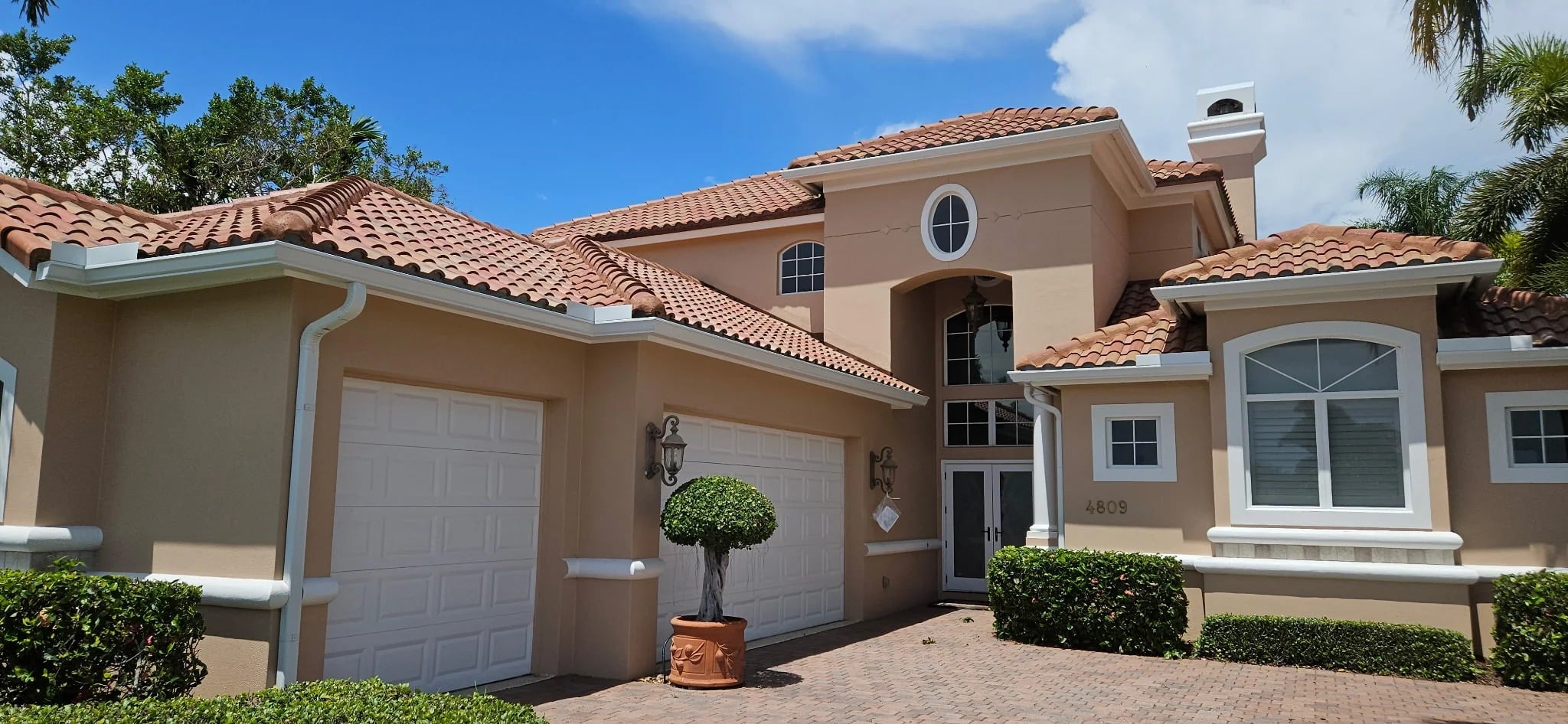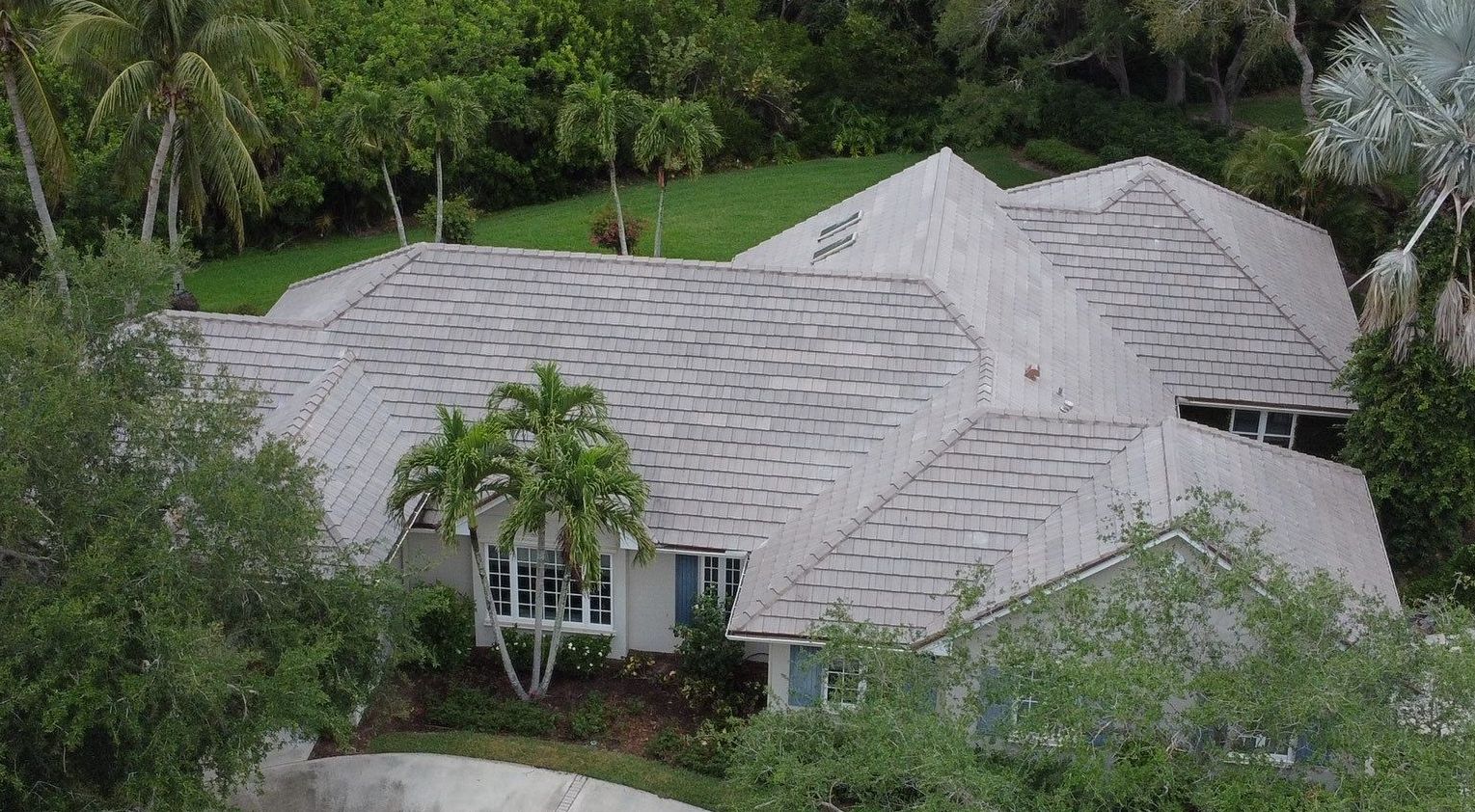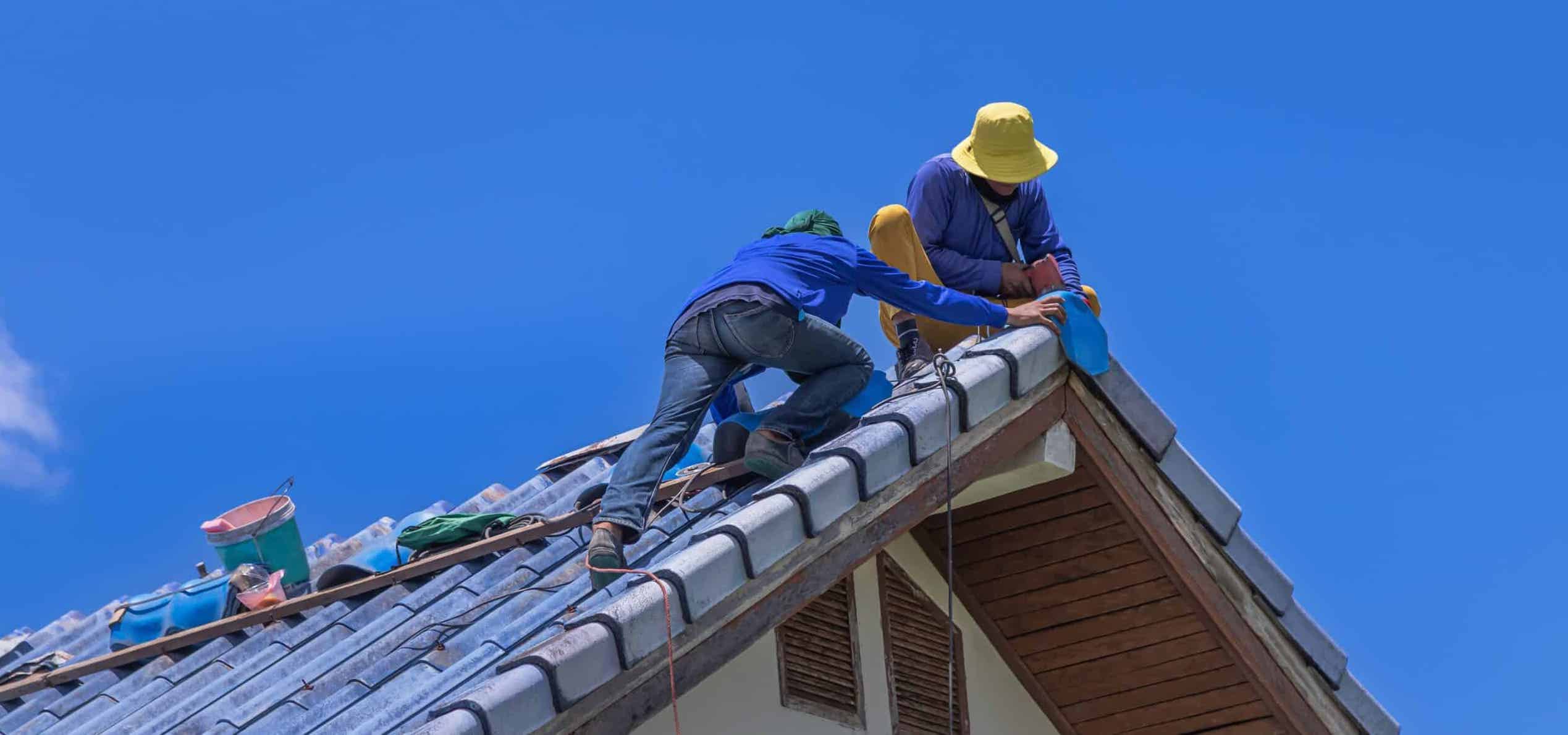Living in Florida means living with beauty and risk. The breathtaking coastline, tropical breezes, and year-round warmth come with an annual reality check: hurricane season. From June through November, homes across the Sunshine State face the threat of high winds, torrential rain, and airborne debris—all of which target one area first: your roof.
At Panda Contractors, we’ve seen firsthand how devastating even a single storm can be—especially for roofs that are overlooked or assumed to be “fine.” But protecting your home starts with understanding the problem. In this guide, we’ll walk you through what Florida’s hurricane season really means for your roofing system, how to assess your vulnerabilities, and how to take smart, strategic steps to stay safe in 2025 and beyond.
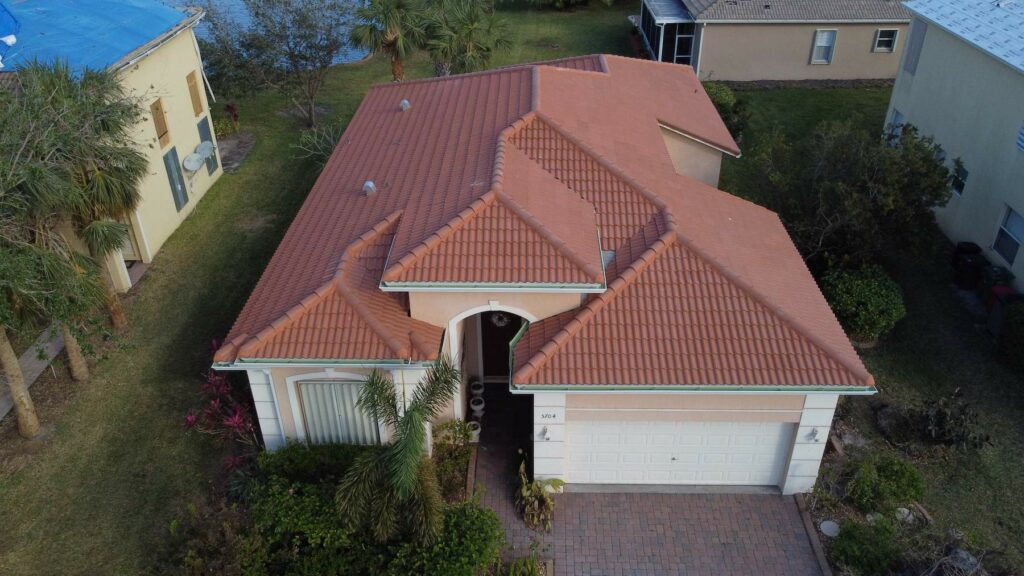
Florida’s Roofs Face Increasing Pressure
The 2025 Atlantic hurricane season is shaping up to be more active than average, with NOAA forecasting 13 to 19 named storms, including up to 5 major hurricanes (Category 3 or higher). This isn’t a surprise: warming ocean waters, persistent La Niña conditions, and reduced wind shear all point to more intense, fast-forming storms.
But while many homeowners focus only on big hurricanes, the daily wear and tear from regular storms is just as critical to understand.
Cumulative Impact, Not Just Catastrophe:
- Small storms add up. You don’t need a direct hit from a Category 4 storm to sustain damage. A handful of 60–70 mph wind gusts can loosen shingles, pull flashing away from the surface, and slowly compromise your roof’s integrity.
- Water exposure is progressive. Every time your shingles shed water, that moisture passes over seams, underlayment, nail holes, and edges. Once protective coatings wear down, your roof becomes susceptible to slow leaks, which may not become visible for months.
- Florida humidity speeds decay. Persistent heat and humidity foster rot, mold, and mildew in areas where moisture becomes trapped. That soft spot in your decking? It could start with just one unsealed nail hole.
The bottom line: Even if your roof appears intact, it may be vulnerable. All it takes is one moderate storm to turn small vulnerabilities into major damage.

Roof Design vs. Roof Readiness: Know the Difference
A common misconception among homeowners is that a newer roof automatically means a stronger roof. That’s not always true—especially in hurricane-prone regions like Florida.
Roof Design = How Your Roof Was Built
This includes:
- Shape and pitch (e.g., gable vs. hip roof)
- Materials used (shingles, tile, metal, etc.)
- Architectural features (valleys, ridges, skylights, etc.)
Certain designs perform better in high winds. For example, hip roofs are more aerodynamic and resist uplift better than gable roofs.
Roof Readiness = How Prepared It Is for Storm Conditions
This includes:
- Properly installed fasteners and hurricane clips
- Sealed decking and underlayment integrity
- Regular maintenance and inspection history
- Up-to-date building code compliance
Even a 5-year-old roof can fail if it lacks adequate anchoring or was poorly installed. On the flip side, a 15-year-old roof that’s been reinforced, resealed, and inspected may outperform newer installations.
Strategic Roof Planning: Don’t Just React—Prepare Proactively
In Florida, it’s not if a storm will come, it’s when. And preparation isn’t something you can cram into the 48 hours before landfall.
Here’s what smart homeowners do well before hurricane season peaks (August–September):
- Schedule a professional inspection. Late spring is the best time to catch problems early. Professionals can identify hidden weak points that you may overlook from the ground.
- Replace aging shingles or cracked sealant. If the outer layers are compromised, wind and rain can get in quickly—damaging underlayment and decking.
- Reinforce known weak zones. This includes eaves, valleys, chimney flashing, and skylights. These are common failure points that benefit from added cement, fasteners, or updated flashing.
- Build a “storm file.” Keep a folder (physical and digital) of:
- Photos of your roof in good condition
- Receipts and reports from prior repairs
- Your roofer’s contact info
- Copies of your insurance policy and deductible breakdown
- Photos of your roof in good condition
Strategic preparation isn’t just smart—it’s cost-effective. Addressing issues proactively often costs half as much as post-storm repairs.
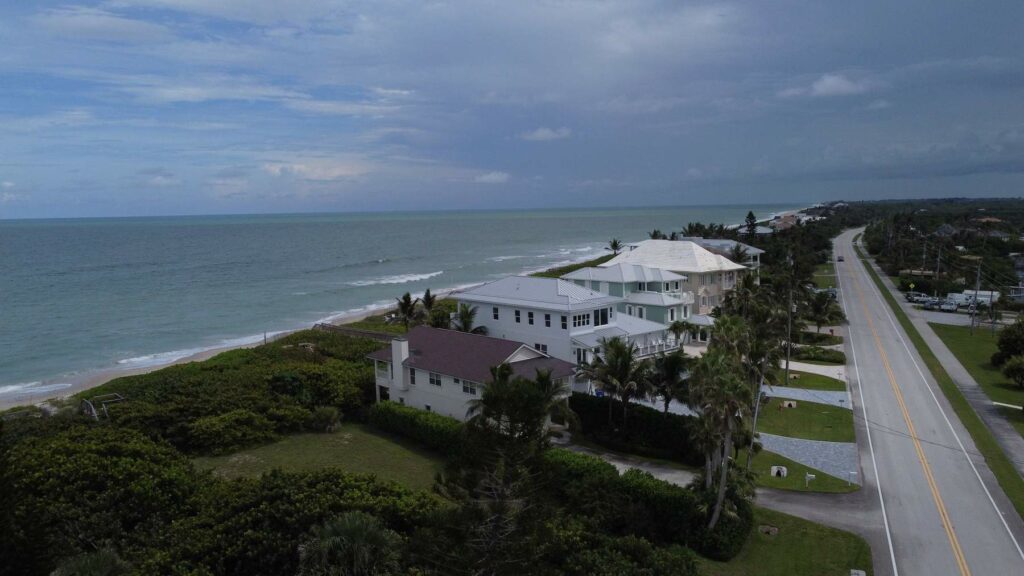
Insurance Incentives: Protect Your Roof, Lower Your Premium
Florida law requires insurance companies to offer wind mitigation discounts for homes that meet certain safety standards. These incentives not only protect your home—they also save you hundreds annually on premiums.
Common Roof Features That Qualify:
- Hurricane clips or straps that anchor your roof to your walls
- Secondary water barriers like peel-and-stick underlayment
- Sealed roof decks to reduce water intrusion if shingles blow off
- Hip roof designs that reduce uplift compared to gable roofs
- Impact-resistant shingles rated to withstand flying debris
What You Need to Qualify:
- A certified Wind Mitigation Inspection
- Proof of upgrades (receipts, photos, product specs)
- An updated insurance policy reflecting these features
At Panda Contractors, we help homeowners with both the upgrade process and the documentation required to maximize savings. A 2-hour inspection could unlock hundreds of dollars in annual discounts and significantly strengthen your storm resilience.
What Roofing Materials Offer the Best Long-Term Protection?
Not all roofing systems are created equal—especially in a high-wind, high-moisture climate like Florida. If you’re considering a replacement or planning upgrades, here are your top contenders:
Metal Roofing
- Wind resistant up to 160+ mph
- Interlocking panels prevent uplift
- Reflects heat, reducing energy costs
- 40–70 year lifespan
- Low maintenance, especially against algae and salt corrosion
Impact-Resistant Shingles (Class 4)
- Engineered to withstand hail and flying debris
- Often eligible for insurance discounts
- Affordable upgrade for shingle roofs
- Available in architectural or luxury styles
Clay and Concrete Tile
- Heavier and extremely durable, but requires strong structural support
- Performs well in hurricanes when installed with foam or screws
- Long lifespan (50+ years) with proper maintenance
Modified Bitumen or TPO (for flat roofs)
- Sealed, waterproof systems ideal for low-slope areas
- Reinforced to resist tears, punctures, and pooling water
- Reflective options reduce rooftop temperature
Synthetic Underlayment + Ice & Water Barriers
- Protects decking even if shingles fail
- Self-adhered versions provide watertight seals in valleys and around roof edges
- Crucial for long-term protection beneath all roofing types
Tip: Installation matters just as much as materials. Even the best products fail if poorly installed or not properly maintained.

Expert Tips to Storm-Harden Your Roof Today
You don’t always need a new roof to boost protection. Here are some expert-recommended, low-cost, high-impact upgrades:
- Confirm hurricane straps are installed and visible from your attic
- Apply roofing cement under shingle edges at ridges, hips, and eaves
- Clear gutters and downspouts to prevent water pooling at the fascia
- Inspect flashing and reseal joints around vents and chimneys
- Trim back overhanging tree limbs that could snap in high winds
- Store emergency tarps, nails, and a hammer in a dry, accessible spot
- Photograph your roof now from multiple angles as pre-storm documentation
Want more? Learn our top 20 roofing tips for hurricane season for Florida homeowners.
Your Roof’s Readiness Isn’t Optional
We’ve all seen the headlines: families displaced, homes gutted, insurance delays lasting months. While not every disaster can be avoided, a storm-ready roof makes a world of difference.
- It keeps your family safer
- It keeps your belongings dry
- It reduces repair costs
- It may even lower your insurance rates
At Panda Contractors, we don’t just patch roofs—we build resilience. Our team proudly serves Vero Beach and the Treasure Coast with expert inspections, certified upgrades, and high-performance roofing systems designed for Florida’s climate.
Is Your Roof Ready for Hurricane Season?
Florida’s hurricanes aren’t slowing down. But the good news is: your roof doesn’t have to fail.
Whether you’re due for an inspection, planning reinforcements, or considering a new roof system, Panda Contractors is here to help. We’ll make sure your home is ready for the 2025 hurricane season—and all the seasons to come.
Let’s make sure your roof—and your family—are truly ready for whatever the 2025 hurricane season may bring. Contact us by filling out an online form.



